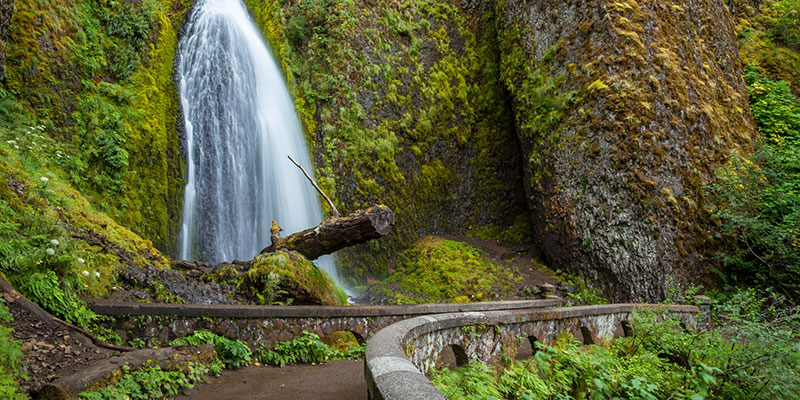Residents in parts of Oregon are finding high concentrations of nitrates in their drinking water. Reverse osmosis treatment systems can remove these kinds of contaminants.
Reverse osmosis treatment helps solve the nitrate problem in Oregon counties and elsewhere
United States Senator Jeff Merkley of Oregon recently toured the state’s Morrow County to address citizens’ concerns about nitrate contamination in the Lower Umatilla Basin. Residents with water wells have seen nitrate levels far exceeding safety standards, probably from fertilizer-laden agricultural runoff entering the aquifer. It’s unclear who should take charge of the problem in a confusing snarl of state and local agencies. It’s just one instance of a nitrate crisis that’s playing out across the nation.
Agricultural Runoff Can Contain Nitrates
Nitrate contamination is a problem often found downstream from agricultural and industrial food processing operations, both major players in the economies of Umatilla and Morrow counties. When water wells become contaminated with nitrates, serious health risks such as respiratory infections, thyroid dysfunction, and bladder cancer can follow. A 2019 Environmental Working Group (EWG) study estimated that nitrates in U.S. drinking water may cause thousands of cases of cancer and rack up $8 billion in medical and other costs every year.
In Morrow County, the federal government has said it may step in if state agencies don’t increase enforcement against polluters and take other measures to make the water safe. Merkley touted $1.7 million in federal funding secured to study solutions, such as connecting rural residents to a city water system or creating a rural water district.
Decentralized Treatment for Rural Drinking Water
Rural water systems encounter many problems because of distance, terrain, and limited access to capital. Piping usually accounts for more than 50% of capital expenditures (CAPEX) in water infrastructure projects, and the distance that must be spanned for rural projects increases costs even more. The longer the pipe and the higher the elevation to which water must be pumped, the higher the energy cost to run pumping stations that also must be maintained. Additionally, leaks tend to grow as pipelines age.
Decentralization, or placing treatment plants at the source of need, is a way rural water districts can slash pipe costs. An array of smaller reverse osmosis plants dotted strategically around a service area can deliver the same treatment capacity as a distant central plant, with no long pipelines needed.
When rural water districts go it alone with decentralized treatment, they may lack the organizational resources for long-term maintenance and operations. For instance, California recently found its small rural water systems were largely failing. The state recommended consolidation of rural systems with larger utilities, but the process of consolidation turned out to be too slow, cumbersome, and costly to be a viable alternative.
Establishing Rural Water Districts
Many rural regions like the Lower Umatilla Basin are considering establishing rural water districts. In a large, rural service area with scattered communities, decentralization is probably the most efficient strategy, considering the increasing complexity of treatment technologies and the trend toward higher drinking water standards. Newer financing models that remove the burden of CAPEX and operations and maintenance (O&M) may be the best solution for rural areas.
Fluence’s Water Management Services can provide the decentralized infrastructure that rural water districts need while eliminating CAPEX and assuming long-term O&M. Financing structures include performance-based public-private partnership, build-own-operate, and build-own-operate-transfer.
Fluence’s treatment technologies can deliver the pure, fresh water that rural areas need, and modular packaging ideal for decentralization can make all the difference. Contact the experts at Fluence to explore the many flexible options for rural communities and water districts.

